The Oculus Quest really upended the VR landscape when it came out. It had enough power to get some real gaming done, but it was still a completely self-contained system that didn't require a PC to function. But in late 2019, Meta Platforms sweetened the pot by adding Oculus Link functionality, which allows the Quest (and by extension the Quest 2) to be connected directly to a PC to function as a more traditional VR headset for Steam or any other PC VR gaming.
The problem was that the USB Type-C cable that they announced along with it cost a whopping $79 and was critically out of stock for a long time. Thankfully, the official Oculus Link cable is just a USB 3.2 Gen 1 USB Type-C cable, which means that any cable that meets that same standard should work just fine. Additionally, some alternatives don't even require a cable at all.
Anker Powerline USB C to A Cable AK-A8167011

Anker is well-known in the phone and PC accessory space as a trusted purveyor of USB accessories ranging from docks to cables. Their Powerline USB C cable was one of the first third-party cables to be fully vetted to work with Oculus Link and remained a strong contender as far as alternative solutions go. It is a tad shorter at a maximum of 10 feet instead of the official cable's 16 feet but still performs well and costs just over $20. It also terminates in a convenient USB-A port on the PC side, which is convenient for those without USB-C on their PC.
It's also built like a tank with high tensile strength and heavy-duty reinforced connectors. It's worth noting that the cable doesn't end in a right-angle connector, so some maneuvering to position it just right may be required. Still, outside of that, it's a dependable competitor to the official cable for quite a bit less money.
Related: How To Use Air Link To Play Steam VR Games on Oculus Quest 2
KRX Link Cable
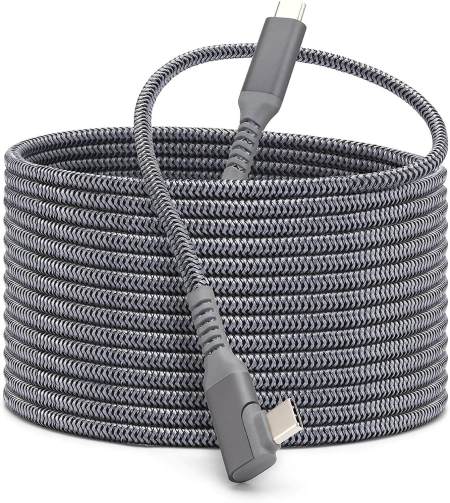
If the reason you're after an alternative cable is that the 16-foot length of the official cable isn't quite long enough, then this cable from KRX might fit the bill for your setup. The large version clocks in at a couple of dollars less than the Anker cable and four feet more than the official cable, making it 20 feet total.
It also features the right angle USB-C termination that the Anker is missing and trades just a bit of the robust construction of that cable for something a little thinner, more manageable, and braided to avoid tangles. This cable is USB-C to USB-C (same as the official one) so make sure you have an available USB-C port or USB-A adapter on the computer side.
TNE 32ft Link Cable

If you're after the maximum distance between your Oculus and PC, then look no further than the TNE Link Cable. It's a 16 ft USB-C to USB-A cable that includes a full 16-foot active extension for a total length of 32 feet at a price that is less than half of the official Oculus Link cable. And the active extension is an important component since you can't just use a regular USB extension for the Oculus Link as it will lead to connection issues.
Outside of extreme length, it's also a solidly built cable, and the ability to remove the additional extension gives some use flexibility in how you utilize it in your particular setup.
Virtual Desktop
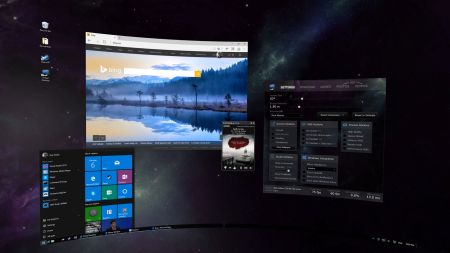
Why not just skip the cable altogether? Virtual Desktops have been around for quite some time, offering users a seamless, wireless way to access their desktops over the Internet. After installing the software on the PC side, your Oculus Quest or Quest 2 will be able to connect via Wi-Fi using the Virtual Desktop app, which will put you directly on your regular Windows desktop.
After that, it's just a matter of launching SteamVR or just using the software as a general-purpose remote desktop suite. Virtual Desktop also allows you to set up your Windows desktop in a litany of different ways, including a tiny virtual office space complete with a desk so you can fully simulate sitting at the computer.
Virtual Desktop is compatible with either the Quest, Quest 2, and Oculus Go. You'll want to make sure your router is up to the task, but it's a great alternative to having clear space near your PC for your VR ventures.
Oculus Air Link
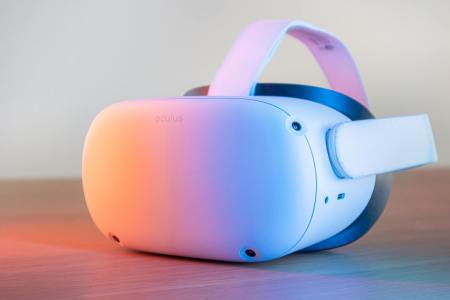
If you specifically have an Oculus Quest 2, there's actually official support from Meta Platforms for wireless connectivity, but there are a few caveats. First off, the Air Link is still in beta, so you'll need to enable Air Link in the Beta tab of your settings even to get access to it. Secondly, you'll need to be running the Oculus PC app, so Air Link has something to connect to.
As with most beta software, Air Link still has a few kinks to work out. Its purpose is built for playing official Oculus software, but some users have reported success with SteamVR via Air Link. It's the path of least resistance if you have a Quest 2 since it requires no extra hardware, no software outside of the Oculus ecosystem, and will likely only improve with time.
There are a surprising amount of ways to connect your Quest or Quest 2 to your PC without having to shell out $79 for the USB-C cable, and plenty of good reasons to do so other than just the price. It's a great time to bust out of the space and cable restraints of traditional VR gaming with your Oculus Quest.
For more hardware recommendations check out Best Keyboard and Mouse for the PS5 and Best RGB Gaming Setup and Accessories on Pro Game Guides.
This article includes affiliate links, which may provide small compensation to Pro Game Guides.


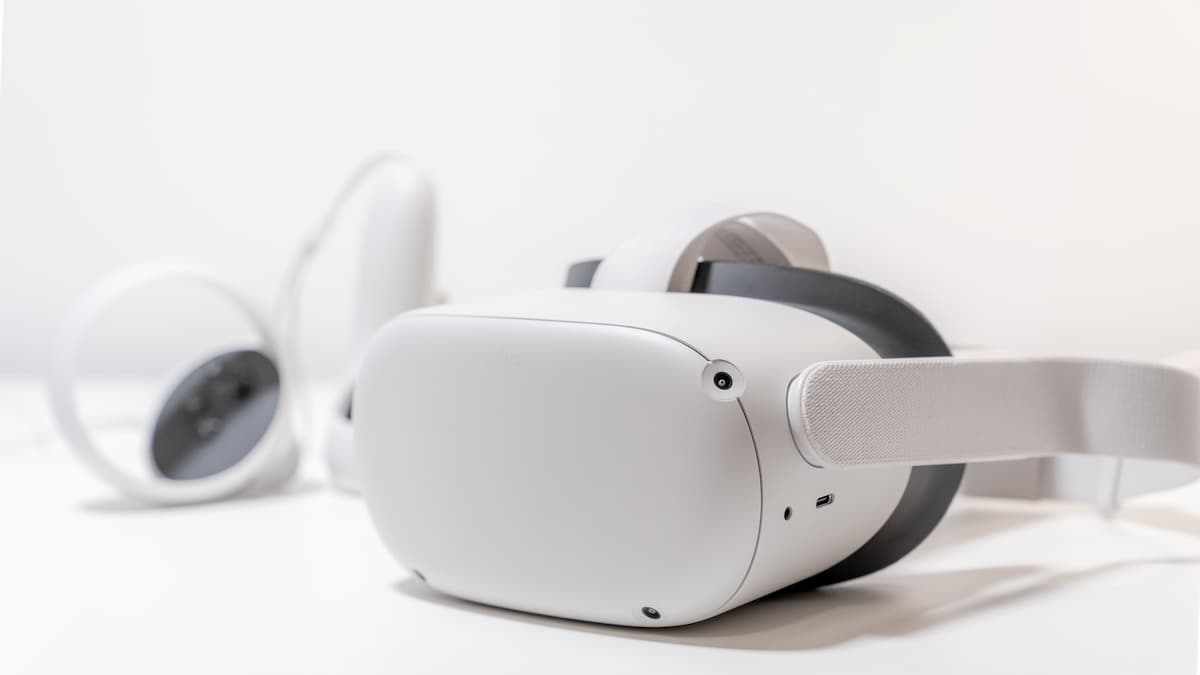
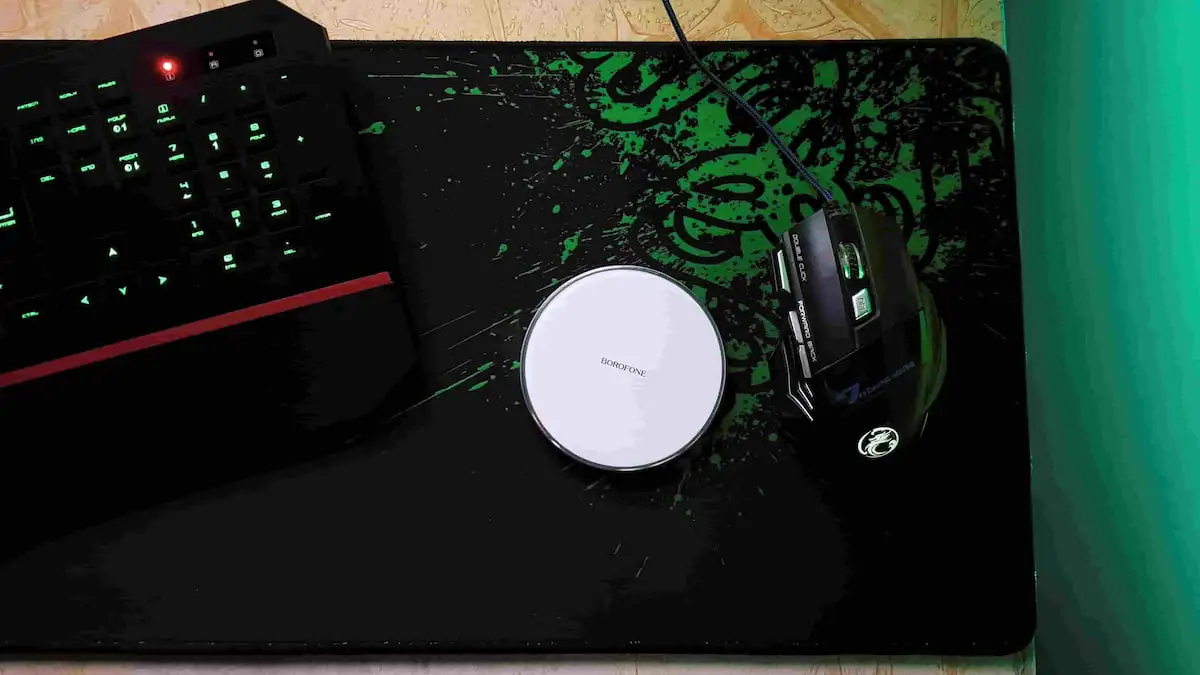

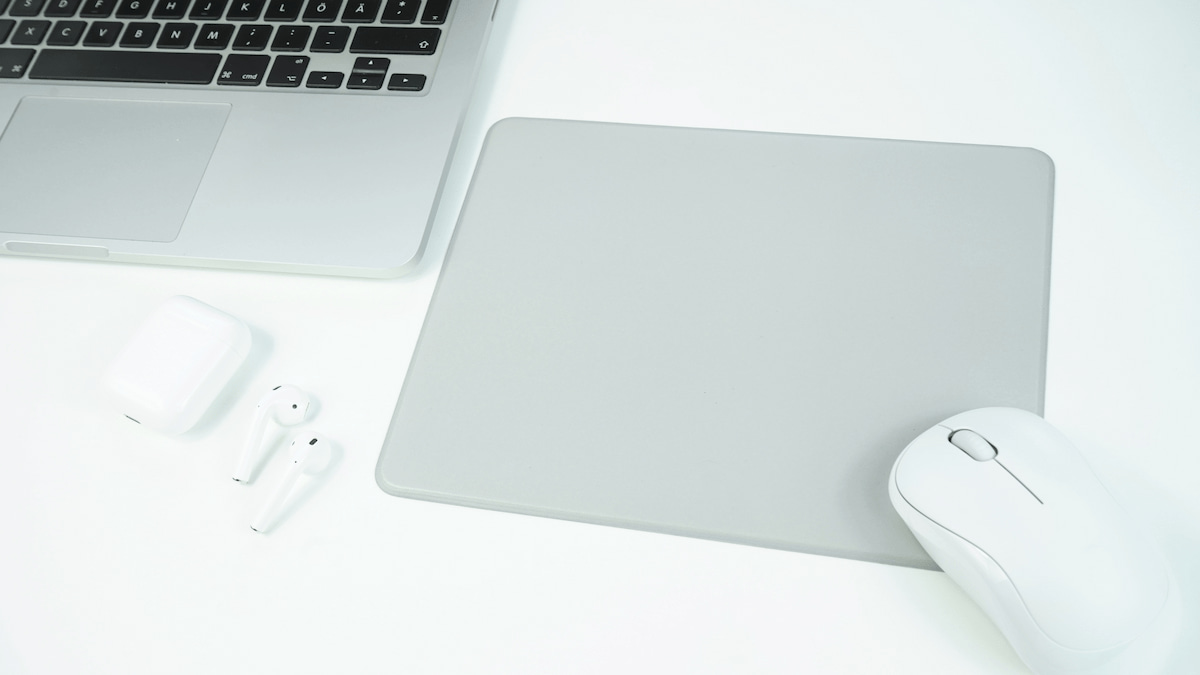
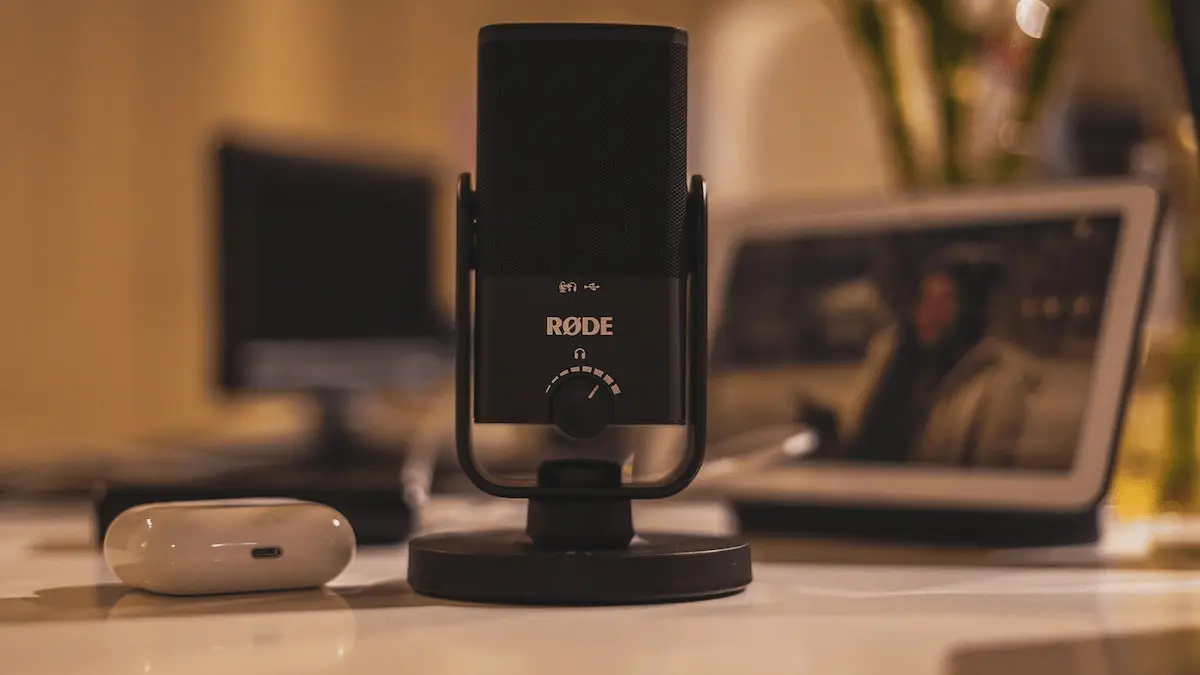
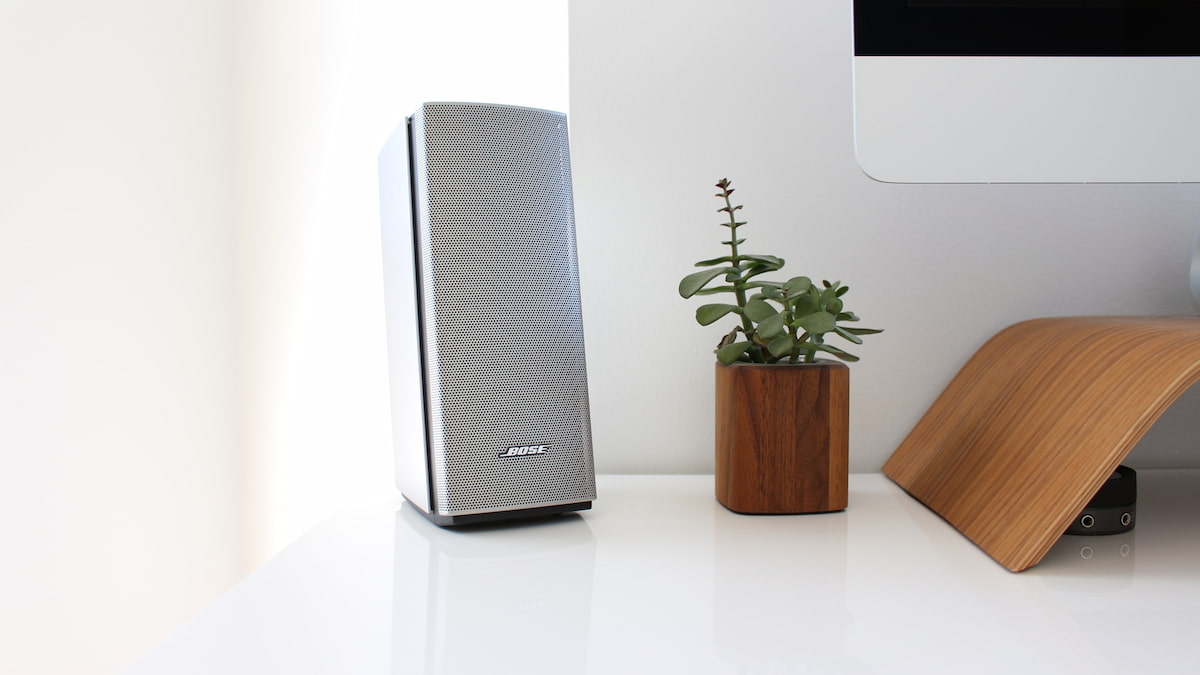
Published: Nov 2, 2021 10:03 am